14 Genius Uses for Food Grade Diatomaceous Earth—from Health and Beauty to Home and Garden
Diatomaceous earth is an inexpensive, readily available powder made from the sediment of algae that has been fossilized in bodies of water. These deposits contain high levels of silica and are found globally. In ancient Greece, diatomaceous earth was utilized for construction purposes, such as creating bricks and blocks. Over time, it has gained popularity for its many, home, and garden uses.
Though called “earth,” diatomaceous earth (usually abbreviated as DE because the name is such a mouthful)—is from the earth, rather than a type of soil. DE is the fossilized, ground skeletal remains of diatoms, which are single-celled algae. There are two main types of DE; one has larger particles and is used for swimming pool filters. The product used for human health and against pests is labeled “food grade.”
Two Types of DE
DE exists in two main forms—Food Grade and Filter Grade.
- Food grade diatomaceous earth (amorphous silica). In order to qualify as food grade, the silica in DE needs to be 99% amorphous silica with less than 1% crystalline silica Food grade DE is a chalk-like, soft, fine powder.
- Filter grade/ pool grade diatomaceous earth (crystalline silica) Manufacturers expose amorphous silica to extremely high temperatures (over 1832 degrees Fahrenheit), which changes the structure of the silica into a crystalline form. Filter-grade silica is valuable for many industrial purposes, such as removing heavy metals from water, but is not considered safe to be inhaled or ingested.
Food Grade DE
This post applies to Food Grade diatomaceous earth. only Make certain that any DE purchase is clearly labeled as Food Grade.
Genius Uses for Diatomaceous Earth
1. DIY Deodorant
DE is effective for neutralizing underarm odor. It is as alkaline as baking soda, a common ingredient in homemade deodorant, and highly preferred by people who have sensitive skin. Consider this homemade deodorant recipe.
2. Facial Scrub and Mask
DE, because it is such a finely textured powder—not unlike baby powder—serves as a gentle facial exfoliant and mask.
Besides silica, DE also contains calcium, magnesium, zinc, copper, selenium, phosphorus, and other trace minerals. As minerals can be absorbed through the skin, incorporating DE into skincare is an excellent method to complement a diet rich in minerals.
To Use: Combine approximately one tablespoon of diatomaceous earth with water, milk, aloe vera gel, or diluted honey to make a thin paste. Using your fingertips, gently massage the paste onto your face in small, circular motions. Let the paste sit for 1-2 minutes, then softly wipe it off with a warm washcloth using small, circular motions. This final step is when the majority of the exfoliation happens.
3. Toothpaste
For extra thorough cleaning, lightly sprinkle a small amount of DE onto your regular toothpaste-loaded toothbrush. Its gentle abrasiveness means that only a small quantity is necessary to effectively eliminate stains. However, it should only be used occasionally, i.e., once a week.
4. Cholesterol levels
Surprisingly, this study proposes that diatomaceous earth might have advantages for lipid metabolism and cholesterol levels. Run this past your doctor.
5. Bed bugs
The FDA approved diatomaceous earth for use against bed bugs. Here is a tutorial on how to do this yourself: How to DIY Get Rid of Bedbugs Naturally.
6. Fleas
Here’s a great video for how to treat flea infestations on pets, and dog beds, with non-toxic, safe food-grade DE. In that DE is non-toxic, harmless for pets and humans, and so easy to apply it makes a lot more sense that those once-a-month commercial flea treatments self-treatments.
7. Food storage
DE is added to grains and legumes like wheat, maize, beans, and barley to prevent spoilage. It keeps food dry, guards against mold, and provides protection against pests such as weevils and beetles.
8. Cockroach, spider, tick, silverfish, and earwig control
Food grade DE is authorized for use against various household pests. Experts advise using a hand duster to apply it into cracks and crevices where bugs are prone to gather. Then allow it to remain. It will continue its effectiveness until it gets wet. When that happens, clean it up and reapply.
9. Refrigerator deodorizer
Put a small container or box of diatomaceous earth in the fridge or freezer to eliminate odors. Remember to replace it every 1-2 weeks.
10. Stain remover
DE, known for its exceptional absorbency, can be sprinkled on oil-stained clothes to help absorb the oil. I find it effective for thought stains when used in combination with this homemade stain remover. Apply the stain remover, then sprinkle a bit of DE that is a fine as baby powder on top. Now rub that stain vigorously and launder as usual.
11. Get rid of ants
Diatomaceous earth is my first line of defense against ants because it’s non-toxic, readily available, and it just plain works! Make sure you’re using food-grade diatomaceous earth (not swimming pool DE, which is chemically altered).
Sprinkle the food-grade DE outside around the perimeter of your home. You can also safely sprinkle it inside where you see the ants—as long as it is food-grade, it is totally non-toxic.
If the DE you select does not come with a powder duster, make sure you have one so you can strategically distribute the DE exactly where you want it.
Once the ants (or any kind of crawling bugs) walk in the fine powder they’ll die because the DE quietly destroys their exoskeletons.
Caution: Do not let DE get wet, or it will become ineffective until it thoroughly dries again. If that happens, you might want to clean it up and then reapply so you don’t create an ineffective period of time.
12. Chicken feed
Experts recommend mixing diatomaceous earth into your chicken’s daily feed since it contains many trace minerals, including silica. This study shows that adding silica to chicken feed can increase their average daily BW gain and improve FCR. Another study suggests that DE can help reduce parasites in chickens.
The FDA has approved it for use as an anti-caking agent in commercial livestock feed at a rate of 2% overall weight, so that’s the guideline that many people use. (5) In case you’re wondering what that looks like practically, for 25 pounds of feed you would add 1/2 pound of DE to get the 2% ratio.
Backyard chicken keepers also use DE to control pests in their flock and coop.
13. Garden pests
DE can do wonders for your garden—a natural, non-toxic way and very effective way to tackle aphids, slugs, snails, and other plant pests. DE also contains trace amounts of other essential minerals like calcium, magnesium, and iron, which are good for the soil.
14. Soil structure and drainage
In addition to its pest-control properties, diatomaceous earth can help improve soil structure and drainage. Its porous nature lets it absorb excess moisture, reducing waterlogging and promoting healthy root growth.
To incorporate DE into your garden soil, mix it into the top few inches of soil, or add it to your compost pile,’ he says.
It’s also a source of silica, an essential nutrient for plants that contributes to stronger cell walls, improved drought resistance, and increased overall plant health.
When applied correctly, diatomaceous earth is definitely worth a try to tackle creepy-crawly pests in your backyard and is better for the environment than using chemical-laden pesticides.
Just remember to keep it away from flowers to avoid harming pollinators, and reapply it if it rains.
How to apply in the garden
Diatomaceous earth is applied dry as a dust or wet with a sticking agent that helps it cling to the plant as it dries. DE keeps working once dry as long as it is present. Either way, cover both sides of the foliage.
To keep protecting your plants—even up to the day before harvest—reapply it after every rain and after periods of high humidity.
To apply dry
DE is sprinkled on the ground around plants in a thin layer or applied to foliage with a duster, a tool that provides puffs of air to force the product out in a thin layer, or a sprinkle it using a fine kitchen sieve.
If using DE dry, apply it on a non-windy day, otherwise it may be difficult to control where the powder ends up.
To apply wet
Apply DE wet in a sprayer mixed with water, and a small amount of dishwashing liquid to help it adhere; it becomes effective once dry.
Resources
While you should be able to find Food Grade Diatomacoues Earth at home centers like Home Depot and Lowe’s, you may have trouble finding it in-store. I don’t know why these stores do not stock it (offering to deliver it to the store for you or to charge extra for delivery to your home). I continue to find the best deals from Amazon Prime.
More from Everyday Cheapskate
Please keep your comments positive, encouraging, helpful, brief,
and on-topic in keeping with EC Commenting Guidelines
Last update on 2024-04-28 / Affiliate links / Images from Amazon Product Advertising API

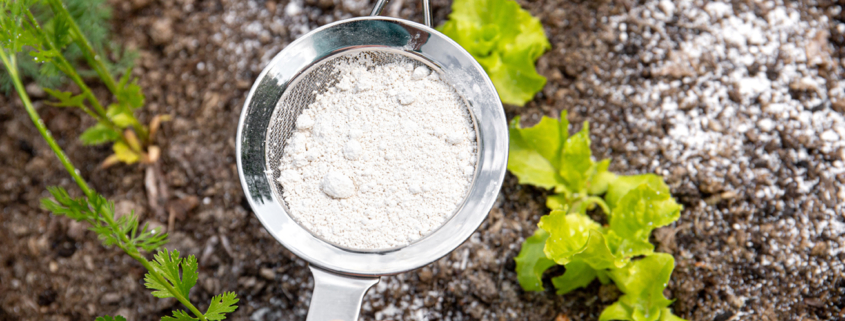
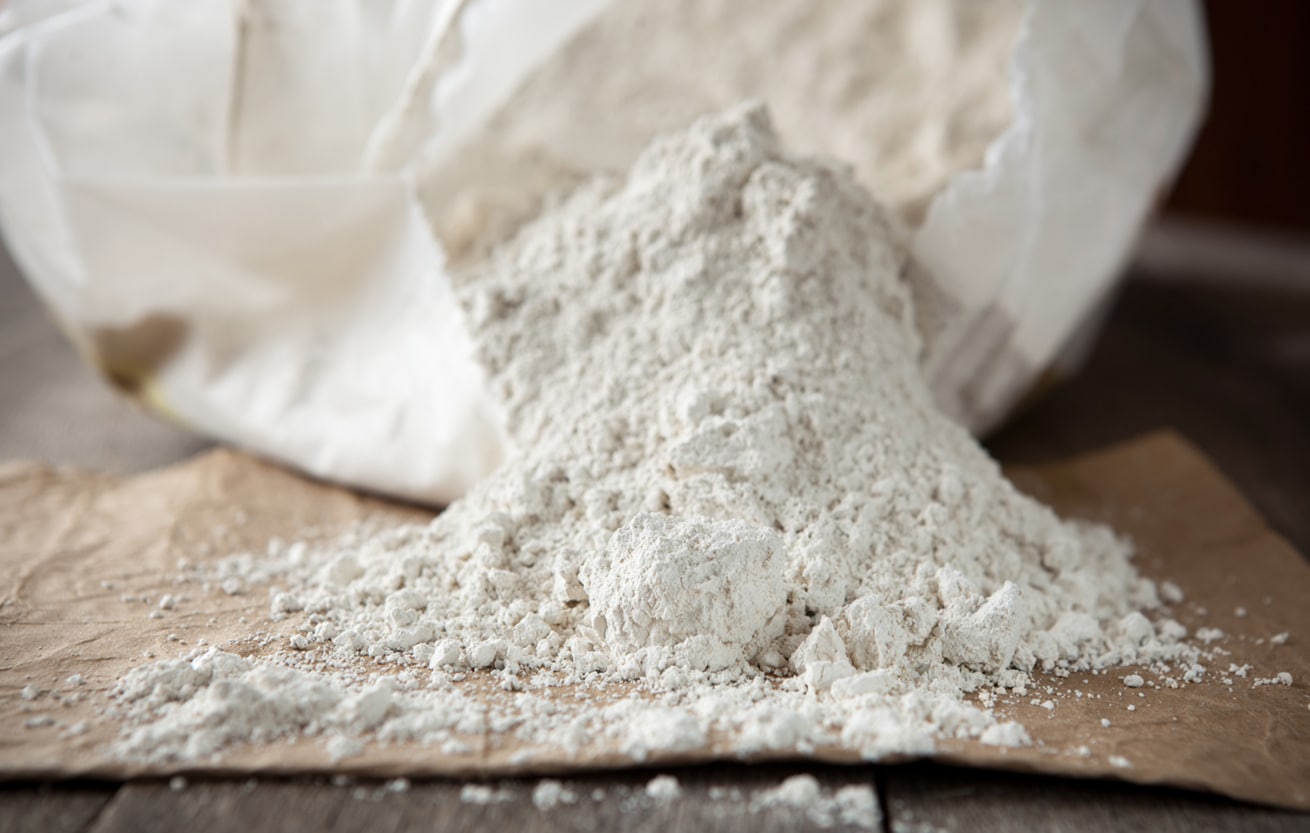
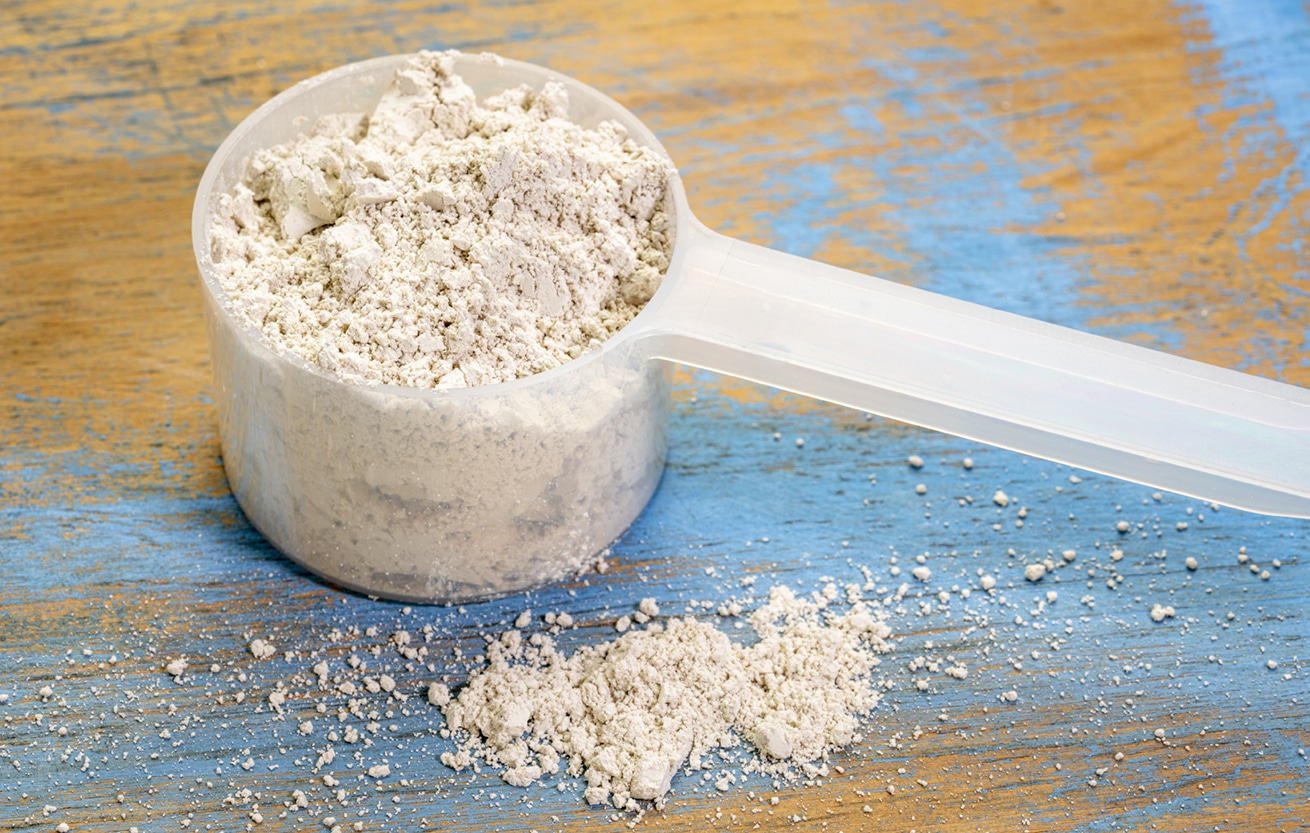
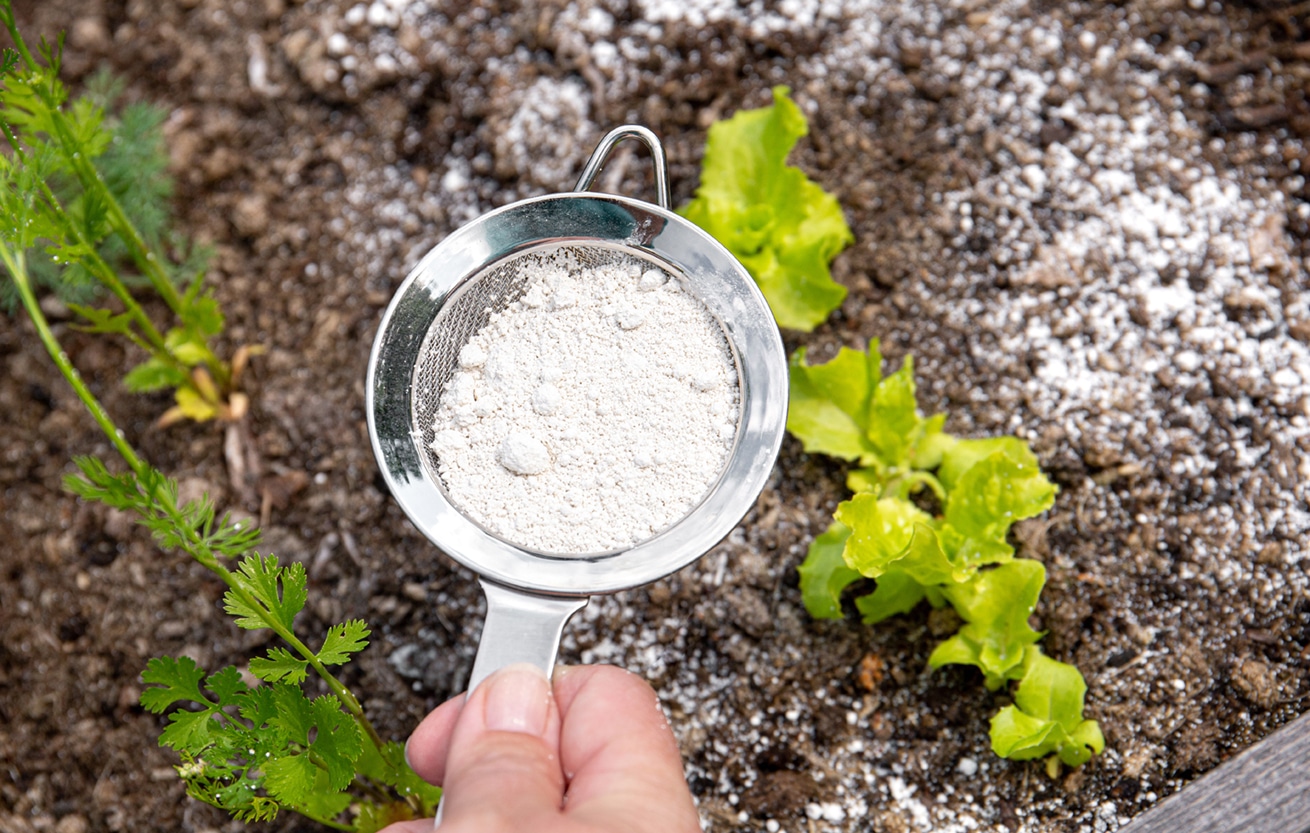









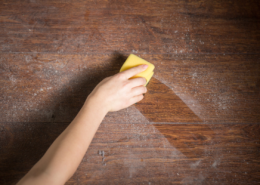





So happy I found this page, really interesting about the DE, I’m going to try a few of your suggestions. Can’t wait to scout around your website and discover more helpful hints 🙂
CALIMESA, CA
Welcome, Gia!